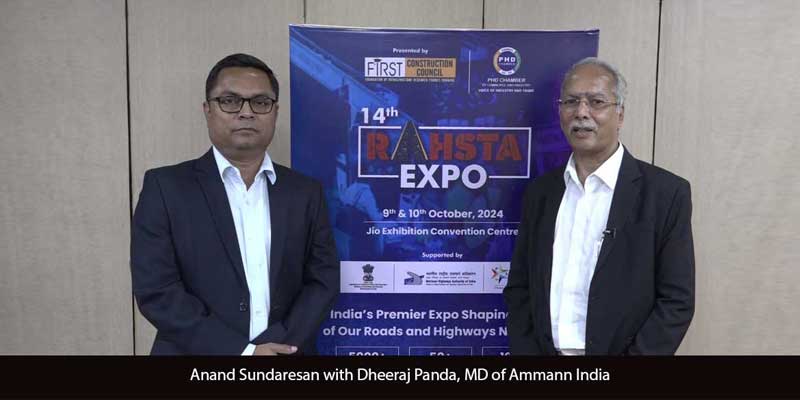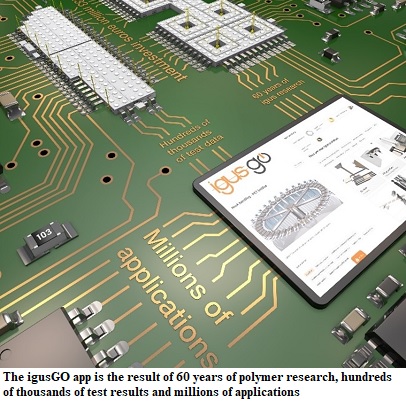Schedule a Call Back
Patent: Valuing innovations
 Technical Articles
Technical Articles- May 01,18

Any invention can be patented. A patent is granted if the invention satisfies the criteria of novelty, utility or inventive step, says Parimal Kowtal.
A patent is a legal document granting exclusive right to the holder about the control for the use of invention by the concerned government where the patent application is filed. The claims of the patent set forth the details of the invention. The holder enjoys the right by forbidding any misuse of the invention in any form without the authorisation of the holder. The patent grant is valid for a specific geographical location or region and is valid for a limited time frame. For example, if a patent is filed by the inventor or applicant with the Indian Patent Office, Mumbai, India, and granted by the Indian Patent Office, Mumbai, India, the patent granted is valid in the entire country or jurisdiction of India only and is valid for 20 years from the date of filing the patent application.
Any invention can be patented. A patent is granted if the invention satisfies the criteria of novelty, utility or inventive step. Thus, the invention has to be new, have an industrial application and must be non-obvious. The knowledge of invention has to be non-existent in public domain before filing the patent application.
Public knowledge of the invention or prior art also refers to the disclosure of the invention through exhibitions, product brochures, technical write-up, research or academic publications etc. Such disclosures lead to rejection of patent application filed. After filing the patent application, a prior art search is also undertaken by the respective patent office to check the authenticity of the invention.
Patents are broadly classified as utility patents, design patents and plant patents.
Utility patents comprise of inventions pertaining to usefulness of machines, gadgets, processes, chemical compositions or otherwise valuable because of their usefulness of functionality. Majority of the patents belong to the utility category.
The design patent protects new, original and ornamental design or aesthetics rather than the functionality. In some countries, designs are protected exclusively under the industrial design registration system. A patent applicant may seek to protect the inventive feature as well as the design element of the invention.
The period of protection for design registration, utility and design patent depends on the prevailing intellectual property protection laws adopted by the country where the protection grant is sought.
Plant patent can be obtained for a new and distinct variety of plant species discovered or asexually produced.
Plant breeding is practiced worldwide by various entities. A new variety of plant species produced (medicinal, ornamental, etc) protect plants under intellectual property right of Sui Generis ie specific creation having unique characteristics.
Classification of patents
Patents classification is a system used to categorise the contents in the patent documents according to the technical features of the invention. Patent classification also makes it an easy access to the disclosure of patent documents similar to or related to an invention available in the public domain.
Prior art search using patent classification can also track the technological trends in patent applications.
Patent classification was originally developed for sorting patent documents. Nowadays, most of the patent database searches have adopted patent classification search as one of the options.
The German Patent classification (Deutsche Patent Klassifikation - DPK) is one of the oldest and developed the classification system for patent documents in 1877. The DPK system was used in Scandinavian, Central and Eastern European countries.
European Patent Office (EPO) used the European Patent Classification (ECLA) system which was based on Deutsche Patent Klassifikation (DPK) before switching over to International Patent classification (IPC).
In 1970 most of the countries switched over to International Patent Classification (IPC) system. On October 7, 1975 the Strasbourg Agreement concerning the International Patent Classification was enforced among the member states of World Intellectual Property Organization (WIPO).
International Patent Classification (IPC) comprises of alpha-numeric codes ie independent of keyword/s, name of inventor/s or applicant/s and title. Thus, making the patent database search quickly accessible in various languages.
The patent classification in United States of America (United States Patent & Trademark Office – USPTO) comprised of 400 classes including 160,000 subclasses and was used for over a century (100 years).
On October 25, 2010, a joint statement was issued by European Patent Office (EPO) and USPTO towards the formation of partnership and development of a joint patent classification system. This marked the beginning towards the development of Co-operative Patent Classification (CPC) which was based on the European Patent Classification system (ECLA) but adopted practices from United States Patent Classification (USPC).
The IPC has sections A to H. Each section comprises of main trunk (section), class, sub-class and the group, which comprises of main group or sub-group. There are 8 sections in IPC. Whereas the CPC structure, rules and principles are identical to those of IPC except indexing codes or 2000 series and the section Y ie the CPC has 9 sections.
Parimal Kowtal is visiting faculty (IPR) in Department of Electronic Science, Savitribai Phule Pune University, Pune. For details, contact him on email: parimal.kowtal@gmail.com
Related Stories
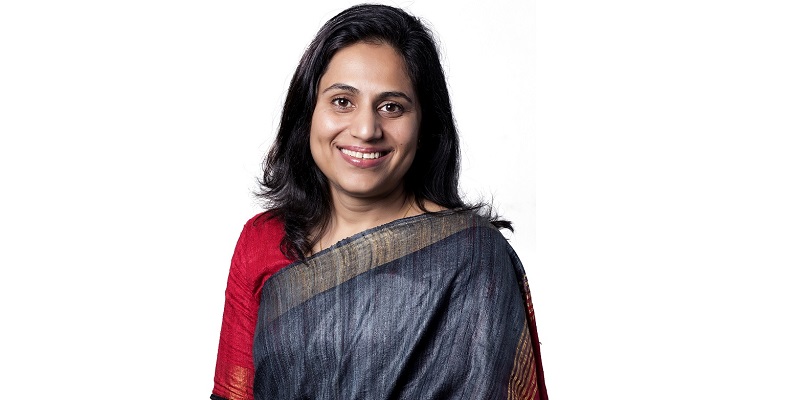
There will be a growing use of gas and other alternate fuels for gensets
Shveta Arya, Business Head, Power System Business, Cummins India, in this interview, gives an overview of the power gensets market in India and also informs about the recent trends in the industry.
Read more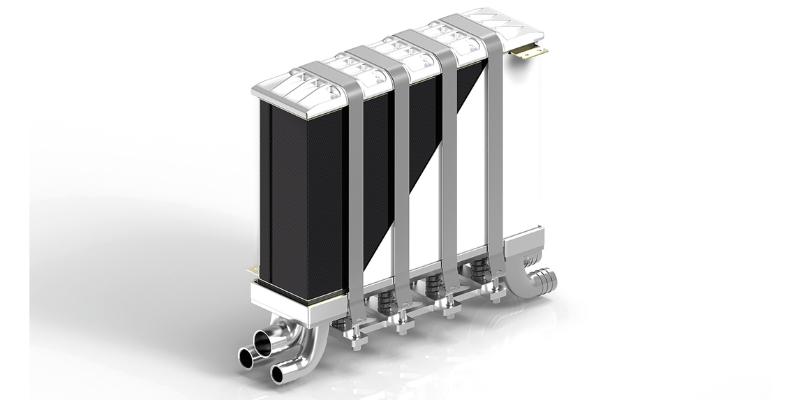
Schaeffler showcases Advanced Fuel Cell, Clutch, Transmission Systems at SIAT Expo 2024
SIAT Expo 2024, from January 23-25, 2024, in Pune themed Transformation Towards Progressive Mobility serves as a premier platform for showcasing the latest advancements in automotive technology.
Read more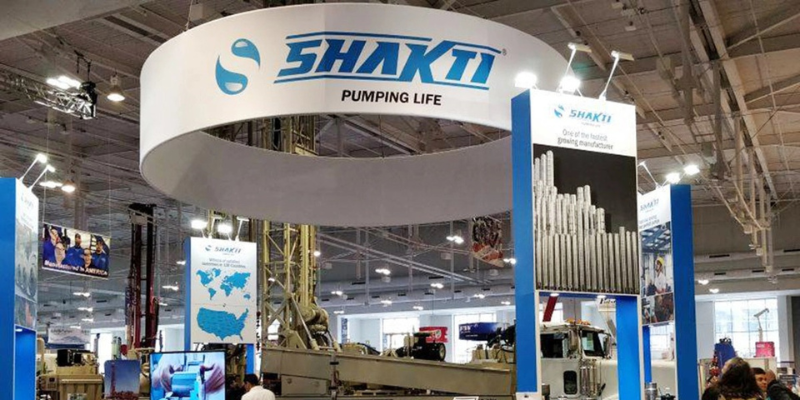
Shakti Pumps surges 5% as 10th patent revolutionises RO industry efficiency
The latest patent, granted by the Patent Office of the Government of India under the Patents Act of 1970, marks a milestone for Shakti Pumps in the realm of fluid technology.
Read moreRelated Products
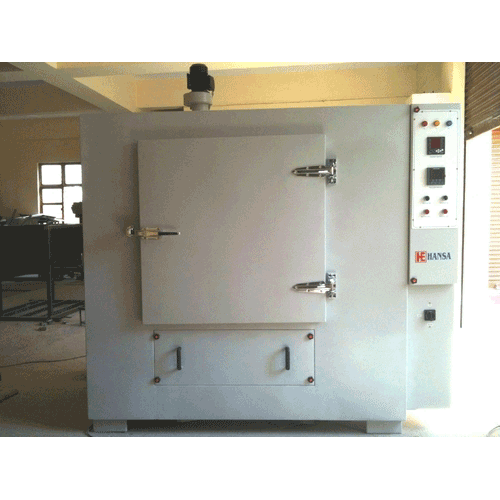
Heavy Industrial Ovens
Hansa Enterprises offers a wide range of heavy industrial ovens.
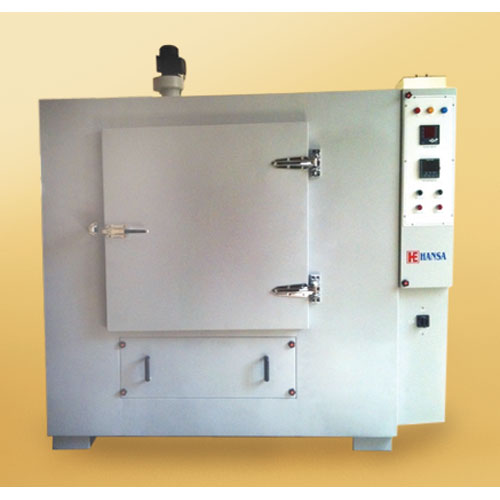
High Quality Industrial Ovens
Hansa Enterprises offers a wide range of high quality industrial ovens. Read more
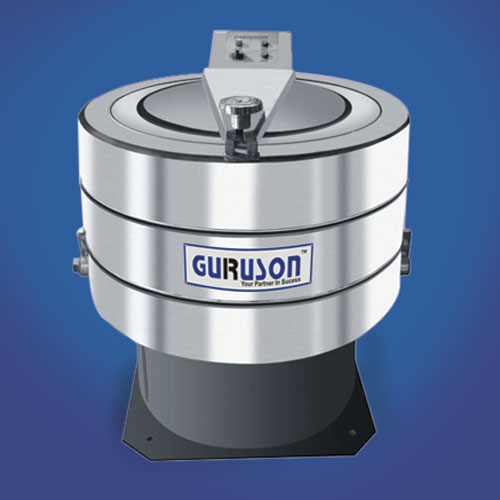
Hydro Extractor
Guruson International offers a wide range of cone hydro extractor. Read more




